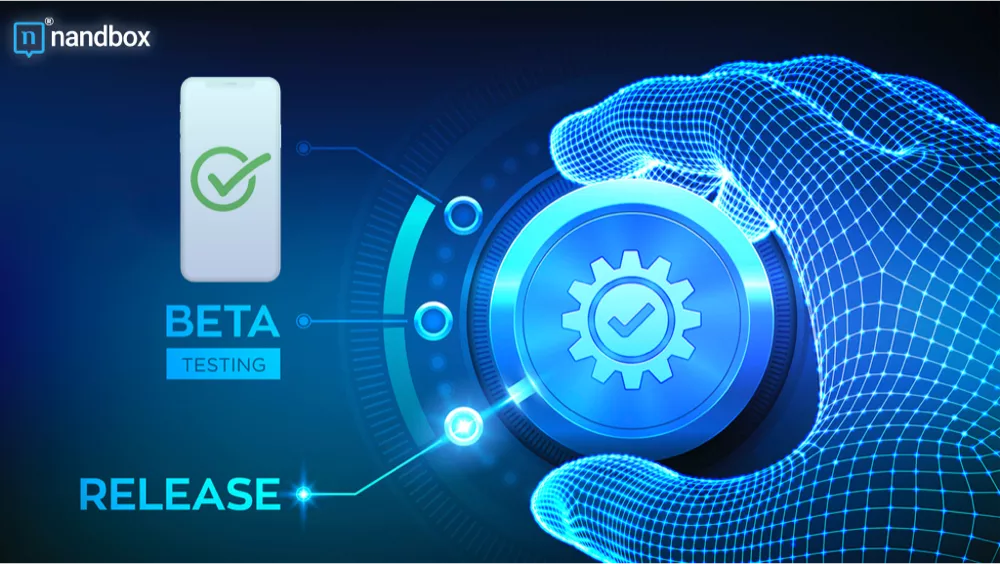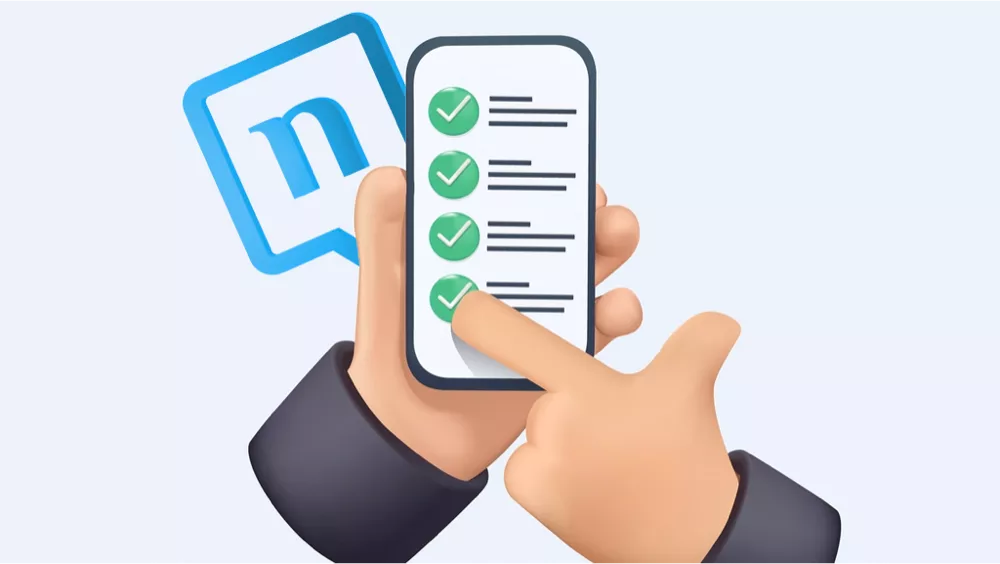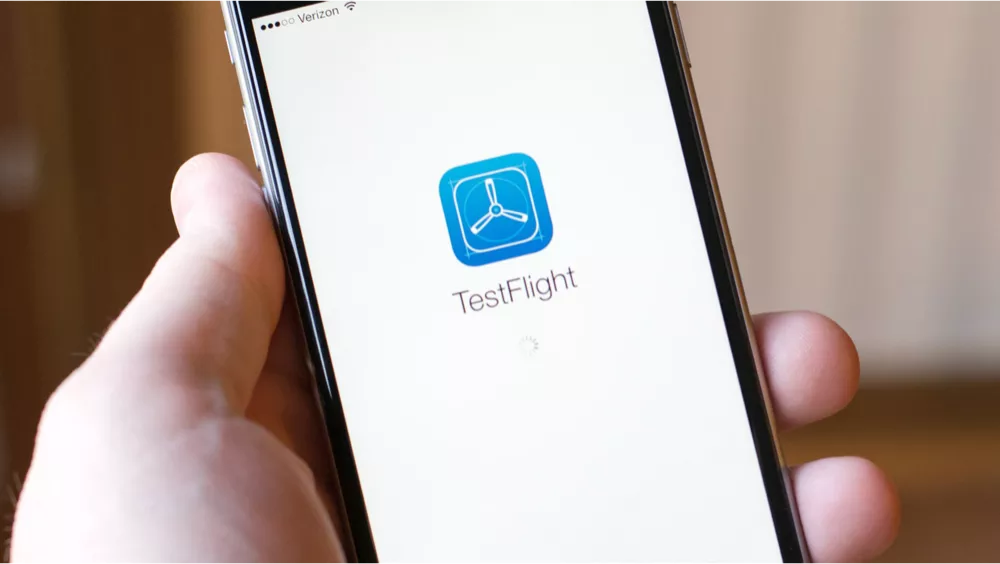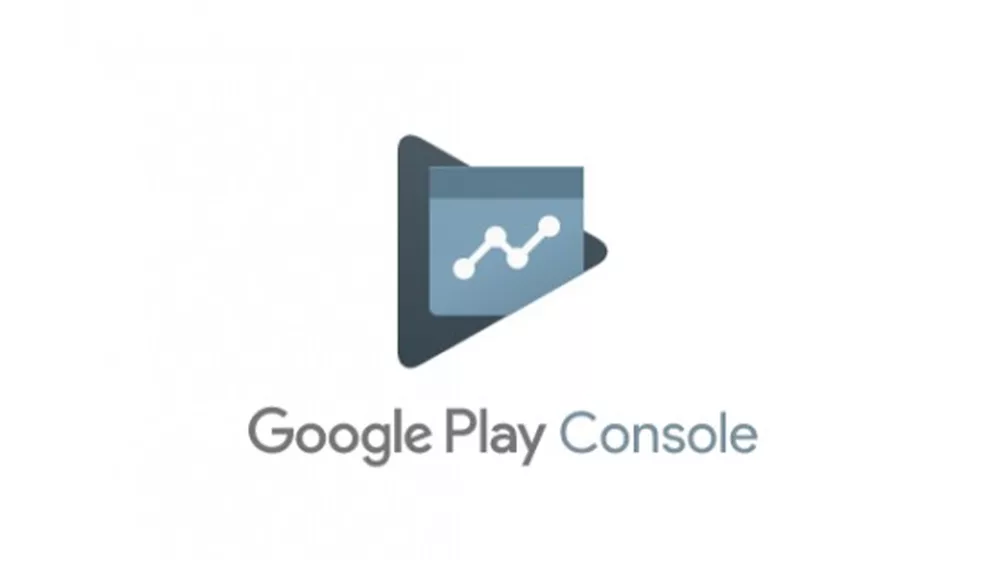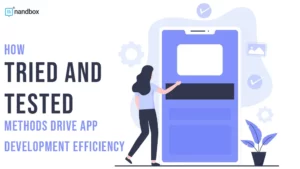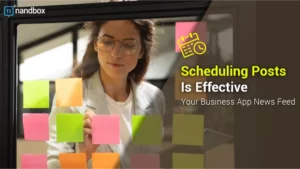How To Test Your App Before Publishing
Releasing an untested mobile app is as bad as releasing an unfinished app. Few apps are complete—or even perfect—when first released, but many are at least a minimum viable product (MVP). And even then, they would have gone through at least one round of testing before being published.
There are a few platforms available for testing native and hybrid mobile apps. Some support only testing for a single operating system, either iOS or Android. But others allow you to test both versions of your app, assuming you are releasing it for both OS. However, most of these are services you pay to use. Both Apple and Google offer ways for developers to test their native or hybrid mobile apps at no cost. You should also test any web-based apps you develop. But since you do not publish these on the App Store or Google Play, the method for testing differs.
nandbox is the only no-code mobile app builder platform that makes it easy and affordable for anyone to develop a native mobile app. Other platforms deliver either a hybrid or web-based app. Below we will explain how to use Apple’s and Google’s free mobile app testing services. You can use these to test your native or hybrid mobile app, regardless of you developed your app.
Why Test Your App Before Releasing It?
You test your app before releasing it to ensure that all features work as you intended. This includes evaluating usability, and assessing the app’s stability. These are all things you can test yourself. But getting other people to test it can help identify issues you did not experience, overlooked, or did not anticipate.
Not everyone is using the very latest software release or the latest phone model. This applies whether you developed your app for iOS, Android, or both. And unlike iPhones, with Android, you have dozens of phones released by different manufacturers. Large-scale testing will allow you to pick up on issues only experienced on certain phone models or specific versions of the operating systems.
It isn’t unusual to have app developers stipulate that they optimized their app for recent phone and operating system releases. But this usually includes phones and operating systems released in the last 3-4 years.
Testing an iOS App Using TestFlight
- If you have collected the email addresses of people interested in being notified when the app launches, reach out to them to see if they would like to test your app.
- If your app is meant to support your existing business, speak to your current customers to enquire if any would want to be a tester.
- Use social media (including Reddit) to ask for testers. You can public link allowing anyone to opt-in without any need to manually manage a list.
TestFlight allows up to 10,000 external users to test your app, and you can even have different users testing different builds of your app. Each build remains available for testing for 90 days after it was first uploaded. The App Store will review the first build you add for external testers. This is to ensure it adheres to the App Store Review Guidelines. Testing can only begin once they approve the app.
Testers can submit feedback directly to you via the TestFlight app and can also include screenshots to highlight issues they encounter. If you enable crash reporting, the system will prompt testers to send details of any app crashes to you.
Testing an Android App Using Google Play Console
Like TestFlight, Google’s Play Console allows users to test your app before you publish it. Using Play Console for testing is free and allows for open, closed, and internal testing. As the name suggests, internal testing is meant for having a small group of trusted users test your app before allowing a larger group of volunteers to test it. Open and closed testing has important distinctions you need to be aware of:
- Closed Testing – internal testing allows you to have up to 100 trusted users test your app before you release it. Closed testing allows you to have a much larger group of users test your app without publishing it on Google Play first. As with TestFlight, you will need to find users for closed testing. You will need to create an email list and manually add testers for a closed test.
- Open Testing – with open testing, you publish the test version of your app on Google Play and anyone can discover and install it. This saves you from having to manage an email list and users can still submit private feedback on the app. But your app and store listing must be ready to be shown on Google Play.
You can run multiple closed tests and one internal test at the same time. This can be useful for having different groups of testers focus on specific features or tests.
Things To Remember When Testing Your App
With TestFlight you won’t always know who your testers are. When testers submit feedback via the app, they can opt-out of including their email address. However, you will be able to see what device and iOS version the tester was using, along with other critical—but non-identifying—information.
Give testers information on what the purpose of the app is, even if you feel it is obvious. Ask them to perform specific tasks too, such as:
- Creating an account and updating their profile.
- Using Facebook, Apple, or Google to sign in (if offered in your app).
- For e-commerce apps, ask them to find specific items in your store, add them to their cart, and then complete to the check-out steps.
- Have them test all features of your app, with a special focus on any features that use a phone and operating system features, such as the calendar, camera and camera roll, and others.
Keep in mind that there are two types of Android releases, an APK version, which is used to test your application before publishing, and an bundle version which is the version used for publishing on the Google Play Store.
If you’re able to communicate directly with your app testers, ask them questions as part of their feedback, such as:
- What features were most and least useful.
- How fast the installation was in comparison to other apps they’ve installed.
- How easy was it to navigate to specific screens and to find the information they needed.
- Why would or wouldn’t they use the app again.
- What functions did not work or did not work as expected.
- How likely they are to recommend the app to friends.
- What features or functions did they feel were missing.
nandbox makes it easy and affordable for anyone to develop a native app for iOS, Android, or both operating systems. And with dozens of features that you can add to your app, your app can be simple or complex. But despite nandbox making mobile app development simpler for anyone, you still need to have your app tested. And every time you make significant changes to your app, you should have the app tested again. Whether you’ve added or removed features, or just tweaked the flow.
Rather than being a tiresome process, app testing is vital to ensuring your app works as intended and is enjoyed and valued by users.

